Have you ever thought about visiting Uzbekistan? No? Then you probably don't know what a great destination this incredible country is and for birding in particular. For some years now birders have visited nearby Kazakhstan to see a wide range of Central Asia's birds but adding some time in neighbouring Uzbekistan allows bird watchers to see a good number of species that are either scarce or inaccessible elsewhere. With birds such as Rufous-naped Tit, Turkestan Ground Jay, Azure Tit, Marbled Duck, White-tailed Lapwing and White-throated Robin all within easy reach of comforrtable hotels in the historic cities of Bukhara and Samarkand, Uzbekistan is one of the most exciting birding destinations I have visited.
I have led birding tours in Uzbekistan, which also continue to Kazakhstan and Kyrgyzstan, since early 2024 and they are always very memorable for great birds, good food, amazing landscapes and ancient Islamic architecture.


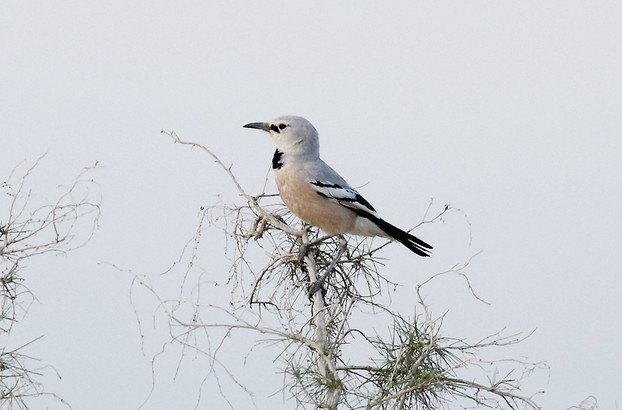
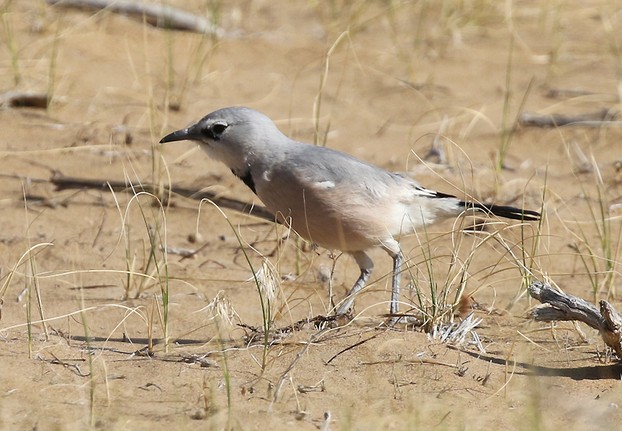
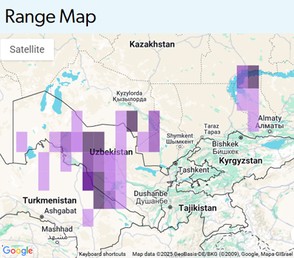
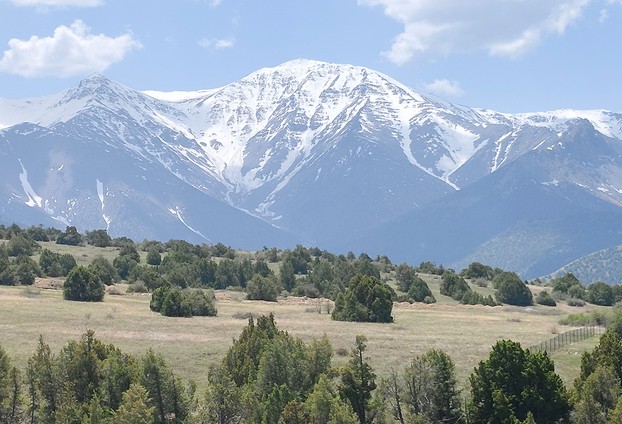
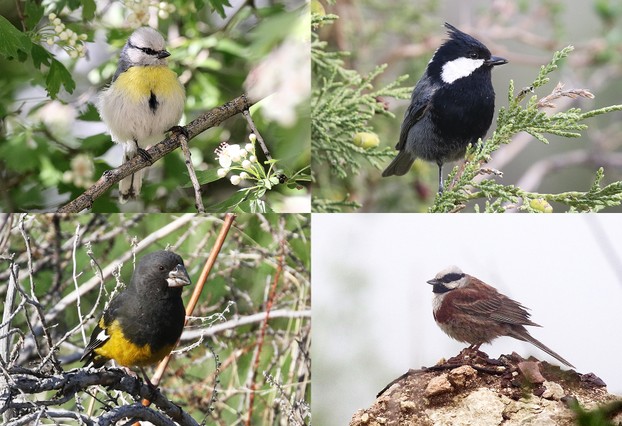
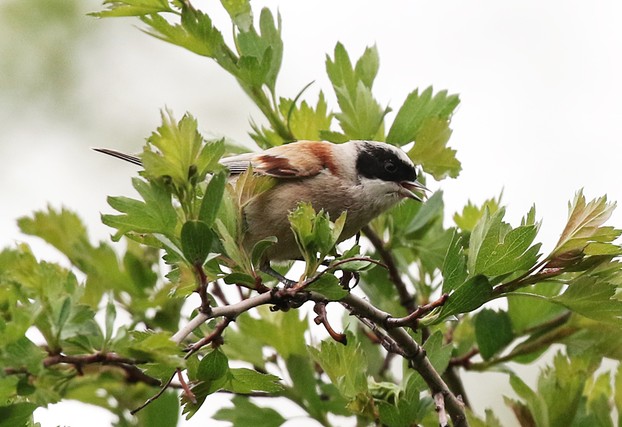
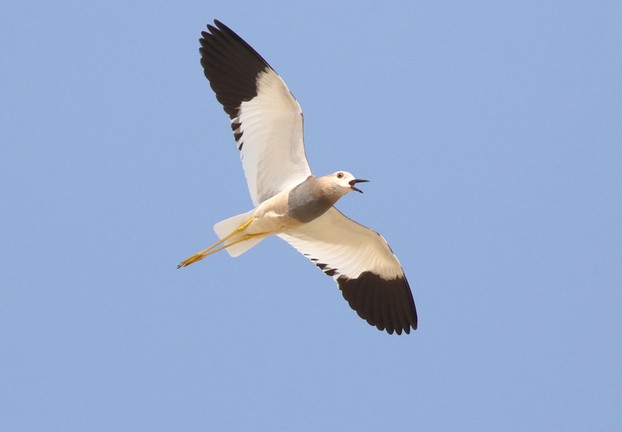
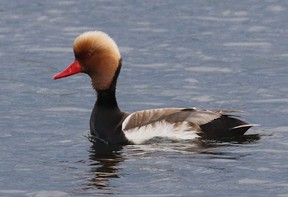 How could you not enjoy seeing Red-crested Pochard? With its colourful head and bright red bill contrasting with the rest of its black and white plumage makes this a really striking duck. This is probably the commonest duck in Uzbekistan's wetlands in the breeding season and it is easy to see.
How could you not enjoy seeing Red-crested Pochard? With its colourful head and bright red bill contrasting with the rest of its black and white plumage makes this a really striking duck. This is probably the commonest duck in Uzbekistan's wetlands in the breeding season and it is easy to see.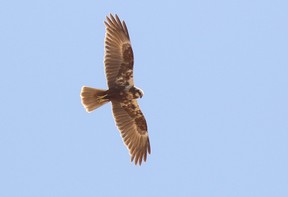 Western Marsh Harrier is the largest raptor likely to be seen around most wetlands in Uzbekistan and in fact it is rather common as soon as there is any habitat with water and reeds.
Western Marsh Harrier is the largest raptor likely to be seen around most wetlands in Uzbekistan and in fact it is rather common as soon as there is any habitat with water and reeds. 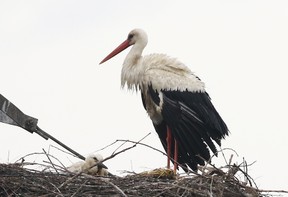 As one travels north from Samarkand to the capital city of Tashkent there are large areas of wet farmland, it seems like rice growing land along with wet ditches and some fishponds, where White Stork suddenly becomes very common.
As one travels north from Samarkand to the capital city of Tashkent there are large areas of wet farmland, it seems like rice growing land along with wet ditches and some fishponds, where White Stork suddenly becomes very common.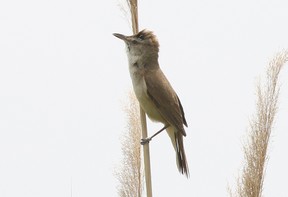 In stands of reeds where there are shallow pools of water silence reigns for much of the year until in late April migratory warblers arrive including Clamorous Reed Warbler which broadcasts its song from high up on reed stems.
In stands of reeds where there are shallow pools of water silence reigns for much of the year until in late April migratory warblers arrive including Clamorous Reed Warbler which broadcasts its song from high up on reed stems.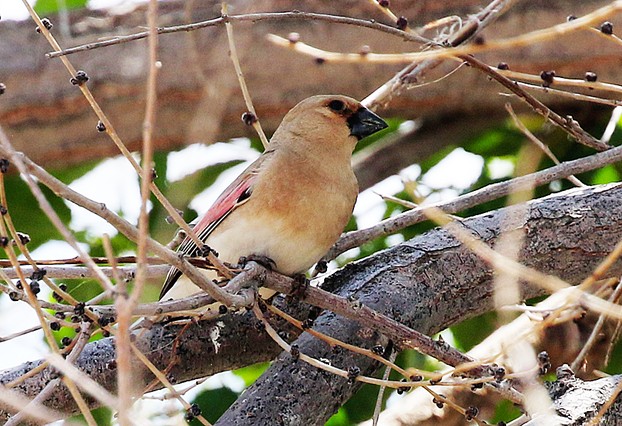

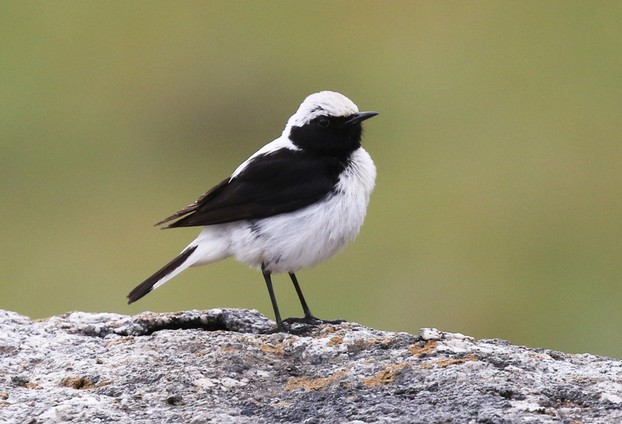
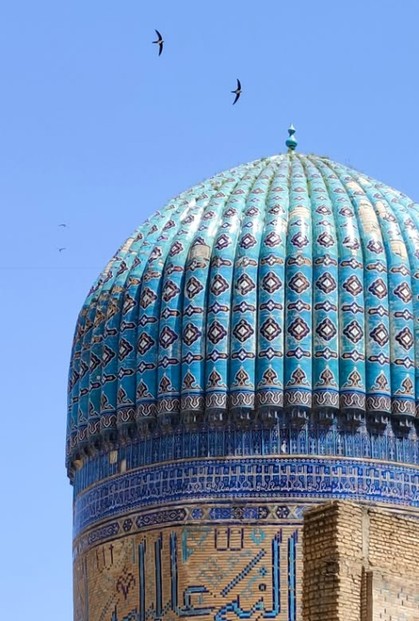


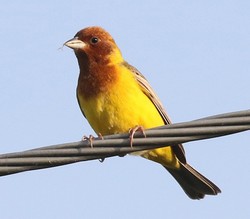

 Sri Lanka Birding Tour Highlightson 05/28/2025
Sri Lanka Birding Tour Highlightson 05/28/2025
 South Korea Winter Birding Tour Highlightson 05/29/2023
South Korea Winter Birding Tour Highlightson 05/29/2023
 Birding In Asia - Top Bird Watching Locationson 04/05/2020
Birding In Asia - Top Bird Watching Locationson 04/05/2020
 Bird Videos for Relaxationon 10/20/2021
Bird Videos for Relaxationon 10/20/2021
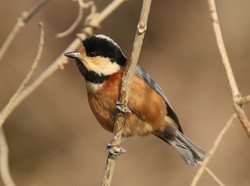
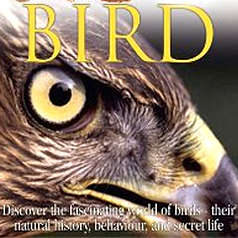
Comments
I can't really comment on the vocalisation on North American birds as I am not familair with them. Mimicking would suggest a learned behaviour, which of course would not be possible between birds in Uzbekistan and USA.However, there are plenty of examples of convergent evolution in bird vocalisation, so it is quite possible.
Thank you. The birds and culture in Uzbekistan are great.
All the Uzbekistan birds and their habitats appeal as clean, clear, colorful ambiances.
It always is interesting to incline toward those species with common names that invoke North American-species, especially those whose songs inspired me during my wildlife-mapping itineraries.
Your Sri Lankan wizzley made me mull that country's blue robin and the Unitedstatesian robin.
Might, as I mentioned in the article above, desert finches and Unitedstatesian goldfinches and purple finches mimic one another in recognizably vocal manners?
What beautiful and unique looking birds! You've captured so many nice shots.